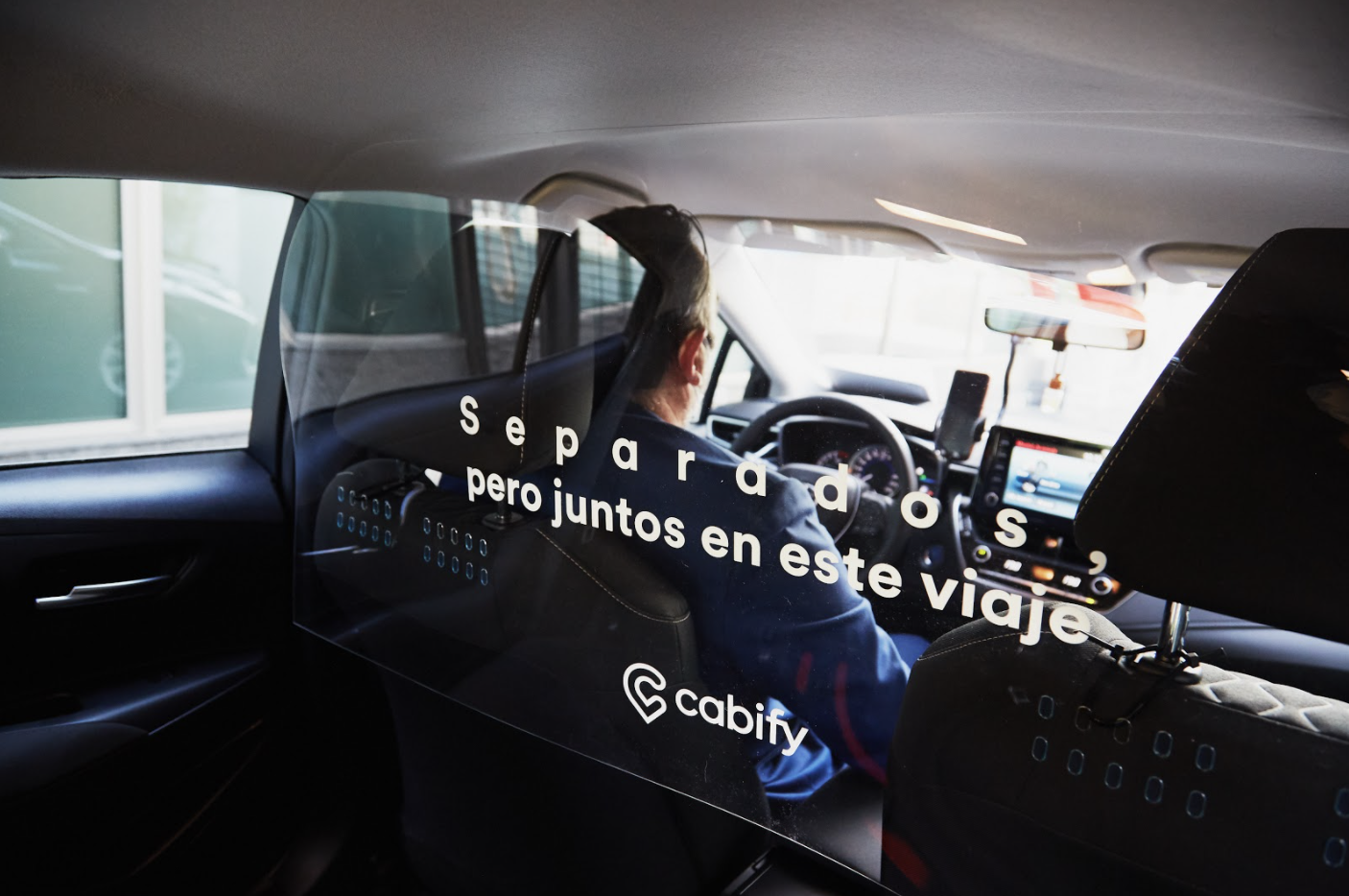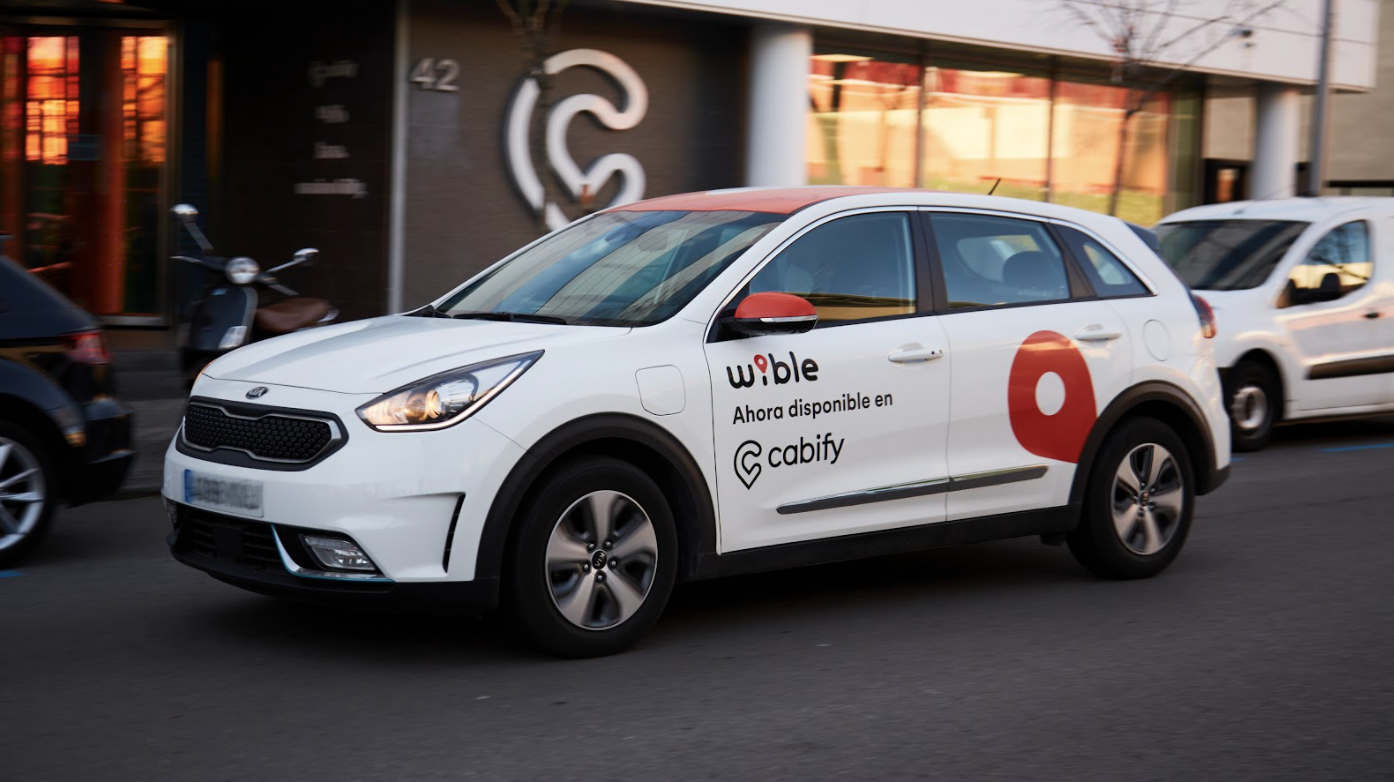Ride hailing apps and other gig economy platforms aren’t having an easy start to 2021.
A growing tide of public opinion, court cases and government regulation is challenging tech companies’ assertions that couriers and drivers are self-employed workers.
This model — which has helped keep the cost of taxi rides and takeaway deliveries low — is increasingly seen as creating precarious work and denying people basic rights like sick pay and a minimum wage.
Cabify, a Madrid-based ride hailing startup, likes to think it does things differently.
“We’ve tried to play a different game,” says founder and chief executive Juan de Antonio. “We are not the kind of company that thinks the end justifies the means.”
“Cabify is recognised by drivers as the network where their income per hour is higher,” he adds.
Moving away from the gig economy
De Antonio is keen to highlight Cabify’s business model in its home market of Spain.
“Cabify is the only one in the industry that has made strong progress toward vertical integration,” he argues. “In Spain we own a fleet of several thousands of vehicles and in Spain the drivers that operate those vehicles are fully employed.”
It’s worth noting that it would be impractical for Cabify to employ a typical, self-employed gig economy in Spain (Uber also doesn’t).
To use a privately owned vehicle for ride hailing in Spain, the vehicle must have a VTC (Vehículos de Turismo con Conductor) licence. The vast majority of these licences are held by VTC companies that own fleets of vehicles and employ riders to drive those vehicles.
Traditionally, ride hailing firms like Uber and Cabify have partnered with these companies to run services in Spanish cities. In 2019 Cabify acquired a majority stake in one of these companies, Vector Ronda, and it is through this company that Cabify employs drivers.
“It was an expensive bet that we think is paying off,” de Antonio says. “When you own the vehicles and when you have full time employees, you're able to offer a better quality of service.”
De Antonio says that the success of this employment model in Spain has inspired the company to replicate the model in Latin America, where the company still uses self employed drivers, under a gig economy model.
“In Latin America we are working to verticalise our operations as they are done in Spain, so this is something we're taking to the rest of the market,” he says. “It is a plan that's dependent on the next steps with fundraising.”
I have seen outrageous things
This investment in an employed fleet, says de Antonio, has contributed to the fact that Cabify reported profitable figures in the fourth quarter of 2019 (before interest, tax, depreciation and amortisation).
“It was an expensive bet that we think is paying off and that's why we want to expand it to other markets,” he says. “When you own the vehicles and when you have full time employees, you're able to offer a better quality of service.”

Cabify says that achieving profitability is a first in the ride hailing industry, which has too often targeted market growth by subsidising the cost of journeys, making them unsustainably cheap for the customer.
“We thought it was key to charge for the true cost of a journey, and not rely on heavy subsidies in order to generate volume and build a business that isn't really sustainable,” de Antonio says.
We thought it was key to charge for the true cost of a journey, and not rely on heavy subsidies in order to generate volume.
“I totally understand why you might have a sense that our industry might have been unsustainable sometimes. Hey, I've been here for 10 years, the things that I've seen in relation to subsidies are in some cases outrageous,” he adds.
Holistic sustainability
Cabify is now looking to be a market leader in green urban mobility, with a pledge to completely decarbonise its fleet in Spain by 2025.
This planned move to electric vehicles is backed up by Cabify's claim that it has compensated for all its carbon emissions since 2018. This, de Antonio says has been delivered through three main projects, tackling deforestation and dirty energy in Brazil, Peru and Chile.
“We became the first carbon neutral mobility app in the world and I have to say sadly still the only one in Latin America and Europe that compensates all of our footprint,” he says.

Cabify’s quest to decarbonise urban mobility is being bolstered through its subsidiary company MOVO, an e-scooter sharing platform that is currently active in six cities in Spain, Mexico, Colombia, Peru and Chile. The startup also recently partnered with car sharing operator WiBLE, and offers a bicycle subscription service called Bive.
LatAm Concerns
De Antonio is right that in Spain contracts are better than those of some used by their competitors globally, but in Latin America (where the company is growing fastest) Cabify still uses the self-employed, gig economy model.
Drivers contacted by Sifted said that the rights they were given were not as good as in Spain, and some even complained about systems that did not work as well as they would like.
Speaking under condition of anonymity via WhatsApp, drivers in Santiago, Chile, complained that Cabify’s platform doesn’t always pay drivers for toll charges on journeys, often leaving them out of pocket.
“A journey to the airport costs 17,000 pesos (€19.50 approx.),” says one. “Take off the 25% fee, take off the tolls, and you’re left with 7,000 pesos (€8.10 approx.) for a 30km journey.”
Sifted put this to de Antonio, who says Cabify does pay tolls in the city.
“In Santiago there are electronic toll gates that automatically charge the amount. It's linked to a credit or debit card,” he explains. “That toll system was the reason why we created technology to track when a car passes through those gates and since 2014 we've been recognising those tolls and paying those tolls to the drivers.”
The drivers that Sifted spoke to, however, say that this automatic system isn’t up to scratch.
“Sure, there’s an automatic system, but it doesn’t work perfectly,” said another driver. “Sometimes the system pays less than the real value of the toll, and that must be claimed and it is a big headache. Such a headache that many drivers don’t bother.”
“It would be great if the system could be updated with the schedule, as the price of the tolls goes up and down depending on the schedule,” they add.
Responding to these criticisms, de Antonio assured Sifted he would look into the matter.
“I would be extremely surprised — I will double check this — we created this seven years ago,” he says. “We don't do everything perfectly, we all make mistakes, there might be specific instances where we make mistakes.”
While this is just one incident, it highlights how the company may still seems to have work to do on workers rights.
But if Cabify does what it says it will, the startup could certainly play a part in a fairer future for ride hailing platforms.


